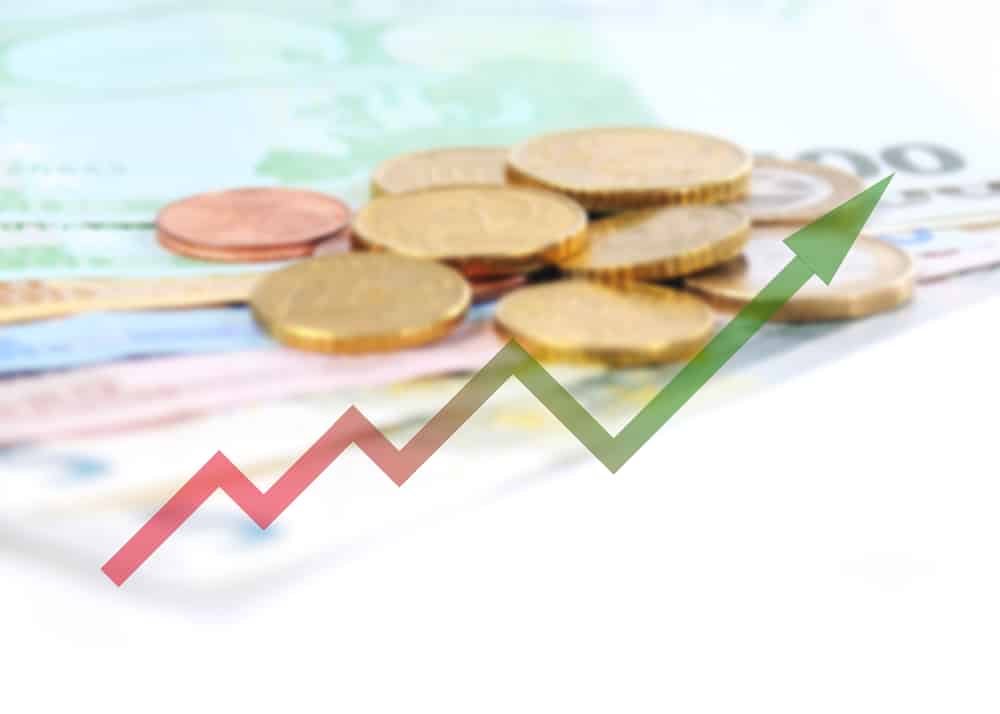
The final trading day of the 2010s looked set to be a problematic one for the US dollar as the currency managed to lose its dominance in a lot of pairs.
Mostly, the day was rather flat – with analysts expecting no significant moves in either direction.
The end of the year meant that there was little to be expected in the way of macroeconomic moves.
However, some moves were noted and tracked.
The main one was the dollar’s slight decline.
It came in spite of the news that the US and China, two of the world’s largest economies, were set to agree to their “Phase 1” trade deal at some point over the next few days.
It is understood that Liu He, who is the vice premier of China, will head to the American capital city of Washington DC to agree to the deal, which has been in the pipeline for a long time.
The signing has not yet been fully confirmed, but it is understood that either President Donald Trump or the country’s trade representative will agree to it in the next few days.
On the whole, however, this development seemed unlikely to spook US dollar traders too much.
The currency has still performed relatively well over the course of the year, with the dollar index – an artificial currency tracking tool designed to monitor the greenback – going up by 0.5% over the course of the year.
Currencies which experienced upward moves tended to see just small, incremental developments.
The single European currency, for example, was up by 0.1% and reached $1.1206 at one stage in its pair with the US dollar.
This placed it near the high point it reached on Monday, which was $1.1221 – and which was the highest point it had seen for almost five months.
Across the course of the year, the currency has slid down by 2.2% in its pair with the US dollar.
This has been fuelled by a number of factors, not least of which are concerns about the economic health of its largest economy, Germany.
On the whole, there are some positive outlooks for the currency.
It is thought that the economy across the Eurozone could be about to start performing better in the months to come.
The offshore Chinese yuan managed to gain against the dollar, and the latter lost a fifth of a percentage point’s worth of its value.
This appeared to come less because of the trade war developments and more because of a data release which appeared to show strength in the Chinese economy.
The Japanese yen’s day was positive, with the US dollar falling to its worst point in three weeks in this pair.
It was recorded at 108.625 yen at one stage.
The Australian currency was also a strong performer, and perhaps the only exception to the day’s trend of quietness.
It was up to its best position in five months against the US dollar – and was seen at 0.7310 at one stage.
 Between 74-89% of CFD traders lose
Between 74-89% of CFD traders lose  Your capital is at risk
Your capital is at risk  77% of CFD traders lose
77% of CFD traders lose  Your capital is at risk
Your capital is at risk  Your capital is at risk
Your capital is at risk